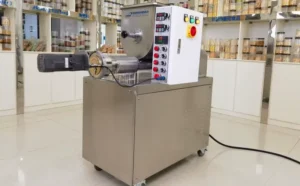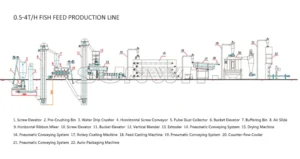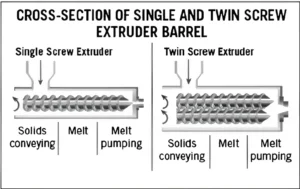Pet food manufacturers face unique challenges when working with frozen meat slurry. Proper thawing is essential not only for production efficiency but also for maintaining the nutritional integrity of the final product. In this article, I’ll walk you through key factors that impact thawing performance, how to choose suitable equipment, and how our Animal Food Processing Machine solutions can help streamline your operation.
Understanding the Meat Slurry Thawing Process
Meat slurry—usually a mixture of ground meats, fats, and sometimes organs—requires a precise thawing strategy to preserve quality and reduce waste. Thawing too quickly can cause bacterial growth; too slowly, and production lines face delays.
Common thawing methods include:
Water bath thawing
Air convection thawing
Microwave thawing (less common in industrial use)
Steam-assisted thawing
Choosing the Right Meat Slurry Thawing Equipment
When selecting thawing machinery, key considerations include:
Capacity per batch
Temperature uniformity
Cleaning and hygiene standards
Integration with downstream systems like Pet Food Extruder lines
Our automatic meat slurry thawing units are built with high-efficiency heat exchangers and fully enclosed stainless chambers to meet HACCP standards. They allow consistent defrosting at controlled temperatures, ideal for preparing raw materials for your Pet Food Processing Equipment.
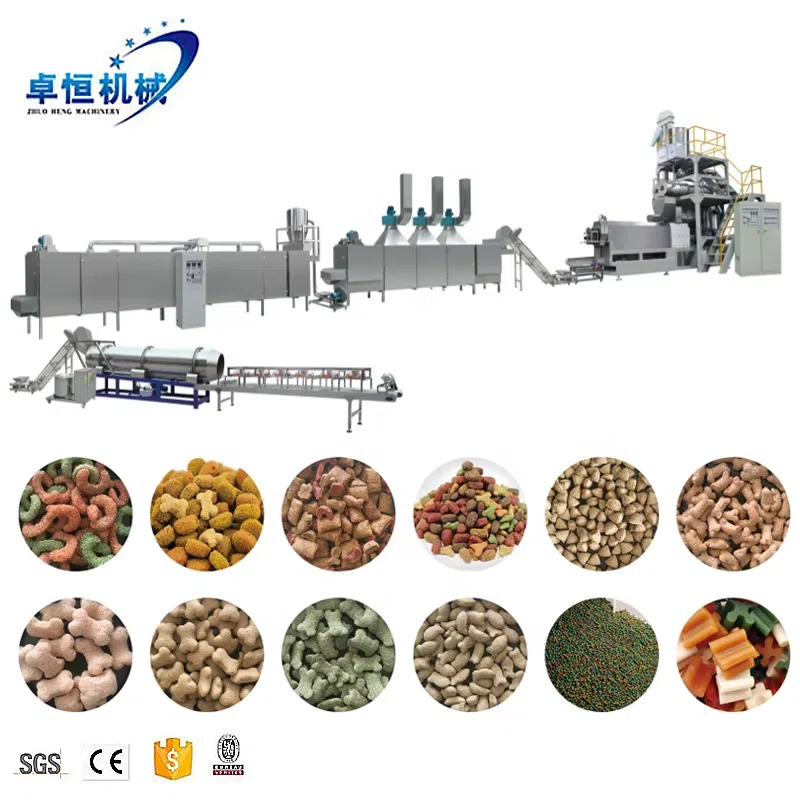
Hygiene Standards to Observe During Thawing
In meat processing, hygiene is non-negotiable. This is especially true when preparing ingredients for extrusion. During thawing, ensure:
Equipment surfaces are food-grade stainless steel (316L recommended)
Automated CIP (Clean-In-Place) systems are included
Drainage design avoids pooling and bacterial risks
Real-time temperature logging is enabled
We’ve seen clients improve shelf life by over 20% simply by upgrading to thawing systems with better hygiene automation.
Temperature Control During Extrusion: Why It Starts with Proper Thawing
One of the most common reasons for poor extruder performance is irregular meat temperature. If the meat slurry isn’t thawed consistently, the food Extruder Machine can jam or overheat.
✅ Target temperature before extrusion: 0–4°C
✅ Avoid temperature spikes that can cook the slurry prematurely
✅ Use insulated transfer pipes to avoid re-freezing or heat loss
A stable inlet temperature helps the Pet Food Extruder maintain consistent texture and density in the final kibble or wet pet food.
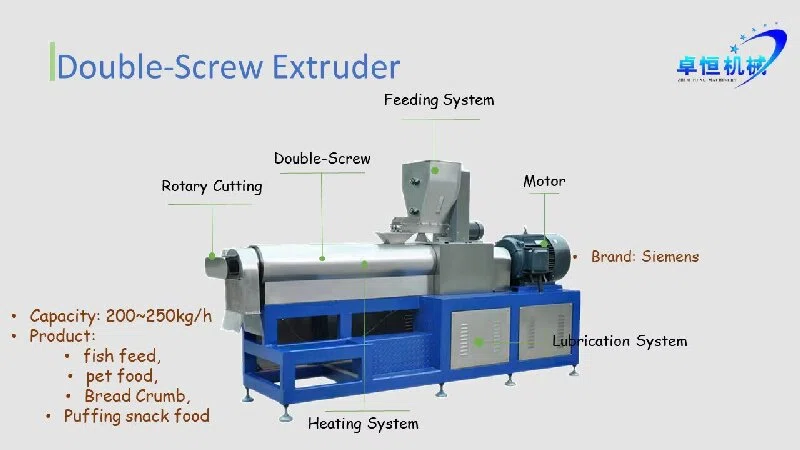
Integration with Full Pet Food Production Lines
Our thawing systems are fully integrable with our end-to-end Animal Food Processing Machine solutions. Whether you need:
Continuous extrusion systems
Vacuum coating systems
Pre-mixing and weighing modules
Our engineering team will customize the workflow to ensure thawing, extrusion, drying, and coating all operate in harmony.
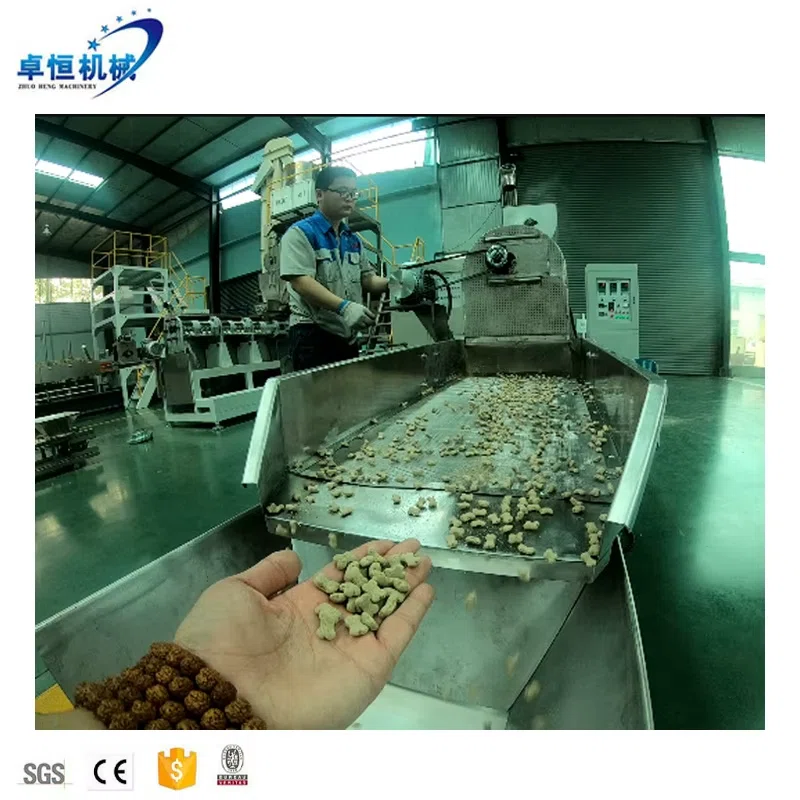
Explore Our Solutions
Want to streamline your pet food plant with automated, hygienic thawing solutions? Learn more about our food Extruder Machine and integrated processing lines here:
👉 https://zhuohengextruder.com/Extruder-Machine/pet-food-production-line/
Frequently Asked Questions (Q&A)
Q1: How do I choose the right meat slurry thawing equipment for my production size?
A: Consider your daily capacity, space availability, and hygiene requirements. Our engineers can recommend batch or continuous systems to suit your scale.
Q2: What hygiene certifications should the thawing system meet?
A: Look for compliance with HACCP, CE, and optionally FDA food-contact material certification, especially for export-oriented facilities.
Q3: How can thawing temperature impact extrusion quality?
A: Uneven temperatures cause inconsistency in texture, density, and cooking time. Stable temperatures from thawing lead to better Pet Food Processing Equipment performance.
Q4: Can Zhuoheng provide a turnkey solution from thawing to final packaging?
A: Yes. We specialize in custom-built full lines including thawing, extrusion, drying, oil spraying, cooling, and final packaging.

